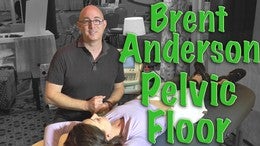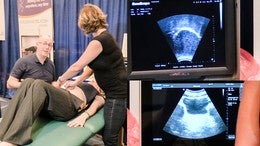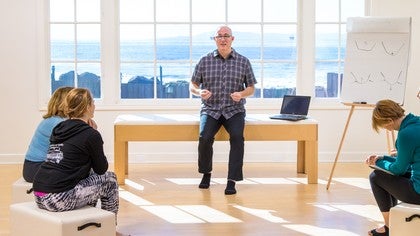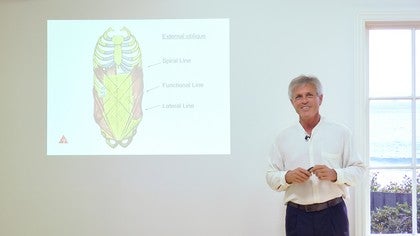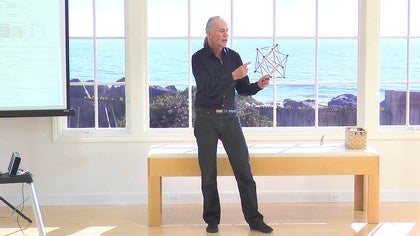Premium Continuing Education workshop
You can view a 2 minute preview. For details, scroll down below the video.
Workshop #2502
Understand the Pelvic Floor
Description
Join Dr. Brent Anderson in this workshop that looks at how the pelvic floor relates to the abdominal wall and the diaphragm. He discusses how we can facilitate proper organization of the body so our clients can move spontaneously and naturally with pleasure and zest. By focusing on correct alignment, we will be able to move more efficiently.
Objectives
- Learn what humans do naturally and how we can use that to move efficiently
- Look at research on the pelvic floor and see the misunderstandings that many people have
- Learn new ways to cue that focus more on alignment instead of contracting muscles
About This Video
Continuing Education Credits
If you complete this workshop, you will earn:
3.0 credits from Pilates Association Australia (PAA)
The Pilates Association Australia (PAA) is an independent and not-for-profit organization established by the Pilates industry as a regulatory body for control of quality instruction, member support, and integrity within all legitimate approaches to the Pilates Method.
3.0 credits from National Pilates Certification Program (NPCP)
The National Pilates Certification Program is accredited by the National Commission for Certifying Agencies (NCCA)
Workshops: Anatomy and Fascia
Comments
And to the PA team, I think the price of these courses are brilliantly affordable. I am so appreciative especially since I live on the west coast of Ireland now and for me to take many of the courses I would like to take I would have to either spend considerable time in Dublin or fly to England. With two children, the service you provide is for me, a lifesaver to furthering my Pilates education. I am lucky to have received my certification with Kelly Kane, and I am so so happy to have discovered this totally amazing resource. I am constantly recommending Pilates Anytime to teachers and students alike!
Thank you again.
You need to be a subscriber to post a comment.
Please Log In or Create an Account to start your free trial.

